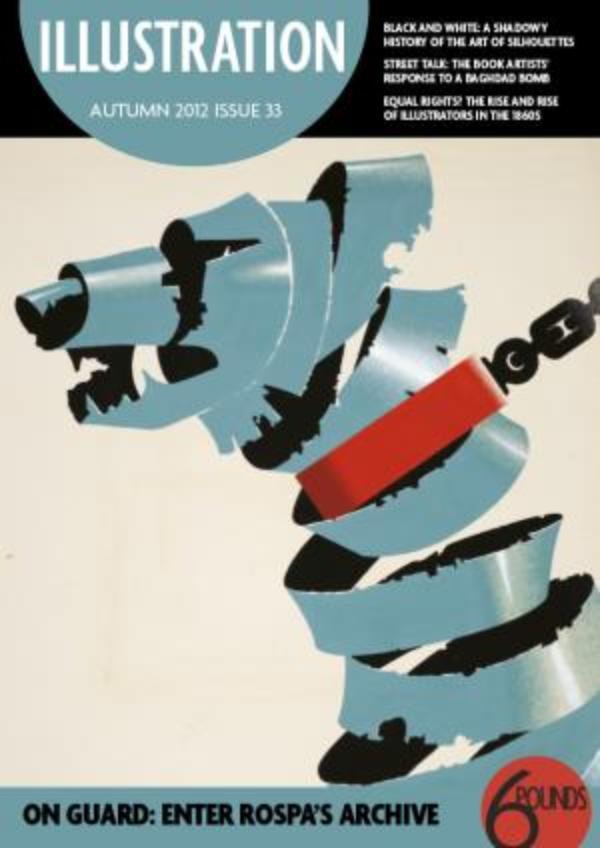
Illustration - Autumn 2012 - Issue 33
The fact that many illustrators have not secured the fame and fortune they deserve should be no surprise, however it is gratifying to realise that their work often continues to be seen and valued for many years after it first appears. This issue contains many examples of such unsung heroes. We start by looking at the ways in which the relationships between authors and illustrators shifted in the first half of the 19th century and how the period saw illustrators gain freedom of artistic expression – especially if they also happened to be famous fine artists. We also consider the humble history of the silhouette and find that, although they were produced widely by travelling artists and amateurs throughout the 19th century, they were seen as cheap art. Many of the artists are now forgotten, but silhouettes continue to be used by modern illustrators to great effect and the old ones that survive now tell us much about fashions and even taste in interior decoration at the time. he fact that many illustrators have not secured the fame and fortune they deserve should be no surprise, however it is gratifying to realise that their work often continues to be seen and valued for many years after it first appears. This issue contains many examples of such unsung heroes. We start by looking at the ways in which the relationships between authors and illustrators shifted in the first half of the 19th century and how the period saw illustrators gain freedom of artistic expression – especially if they also happened to be famous fine artists. We also consider the humble history of the silhouette and find that, although they were produced widely by travelling artists and amateurs throughout the 19th century, they were seen as cheap art. Many of the artists are now forgotten, but silhouettes continue to be used by modern illustrators to great effect and the old ones that survive now tell us much about fashions and even taste in interior decoration at the time.
Moving into the 20th century, we explore the remarkable archive of the Royal Society for the Prevention of Accidents, recently rediscovered and proving to be a valuable historical resource for designers and historians. While some of its posters are by well-known names, others are unsigned or by relatively unknown artists, yet all are fascinating for the light they shed on the fears and dangers of their time. Collectors have also found that their efforts may go unrewarded – the dukes of Turin built up an outstanding library to enhance the prestige of their state, yet, as a recent exhibition revealed, the library remains something of a hidden gem. Meanwhile, book artists are uniting to draw attention, not to their own skill, but to the loss of the lives of fellow book workers when Al-Mutanabbi Street in Baghdad was bombed in 2007. We should celebrate the fact that images still spark powerful emotions and memories, however transient the fame of their creators.Moving into the 20th century, we explore the remarkable archive of the Royal Society for the Prevention of Accidents, recently rediscovered and proving to be a valuable historical resource for designers and historians. While some of its posters are by well-known names, others are unsigned or by relatively unknown artists, yet all are fascinating for the light they shed on the fears and dangers of their time. Collectors have also found that their efforts may go unrewarded – the dukes of Turin built up an outstanding library to enhance the prestige of their state, yet, as a recent exhibition revealed, the library remains something of a hidden gem. Meanwhile, book artists are uniting to draw attention, not to their own skill, but to the loss of the lives of fellow book workers when Al-Mutanabbi Street in Baghdad was bombed in 2007. We should celebrate the fact that images still spark powerful emotions and memories, however transient the fame of their creators.

